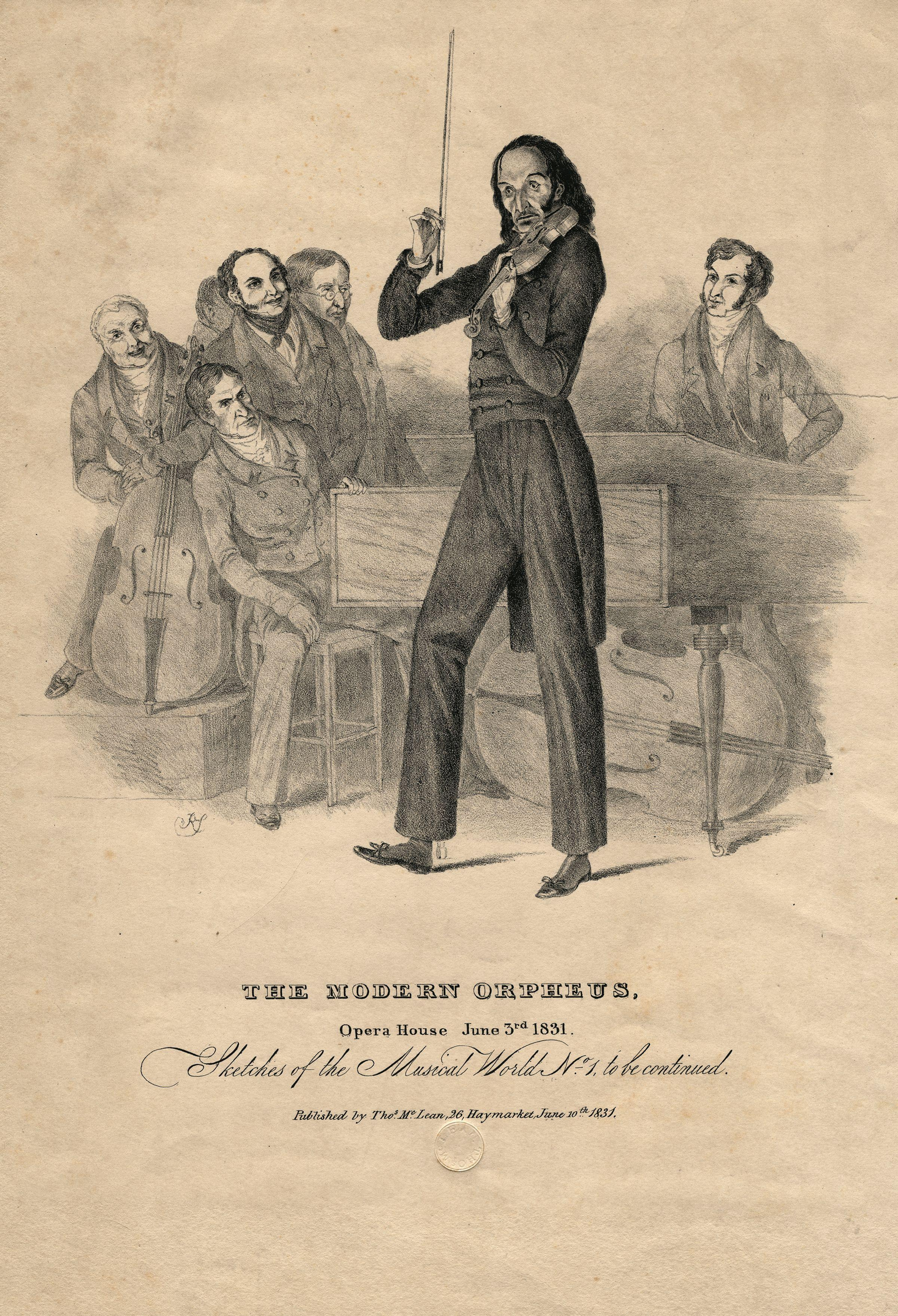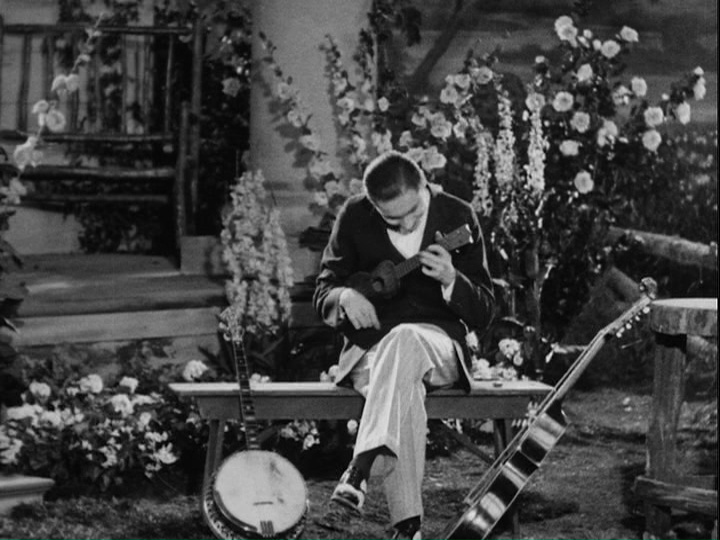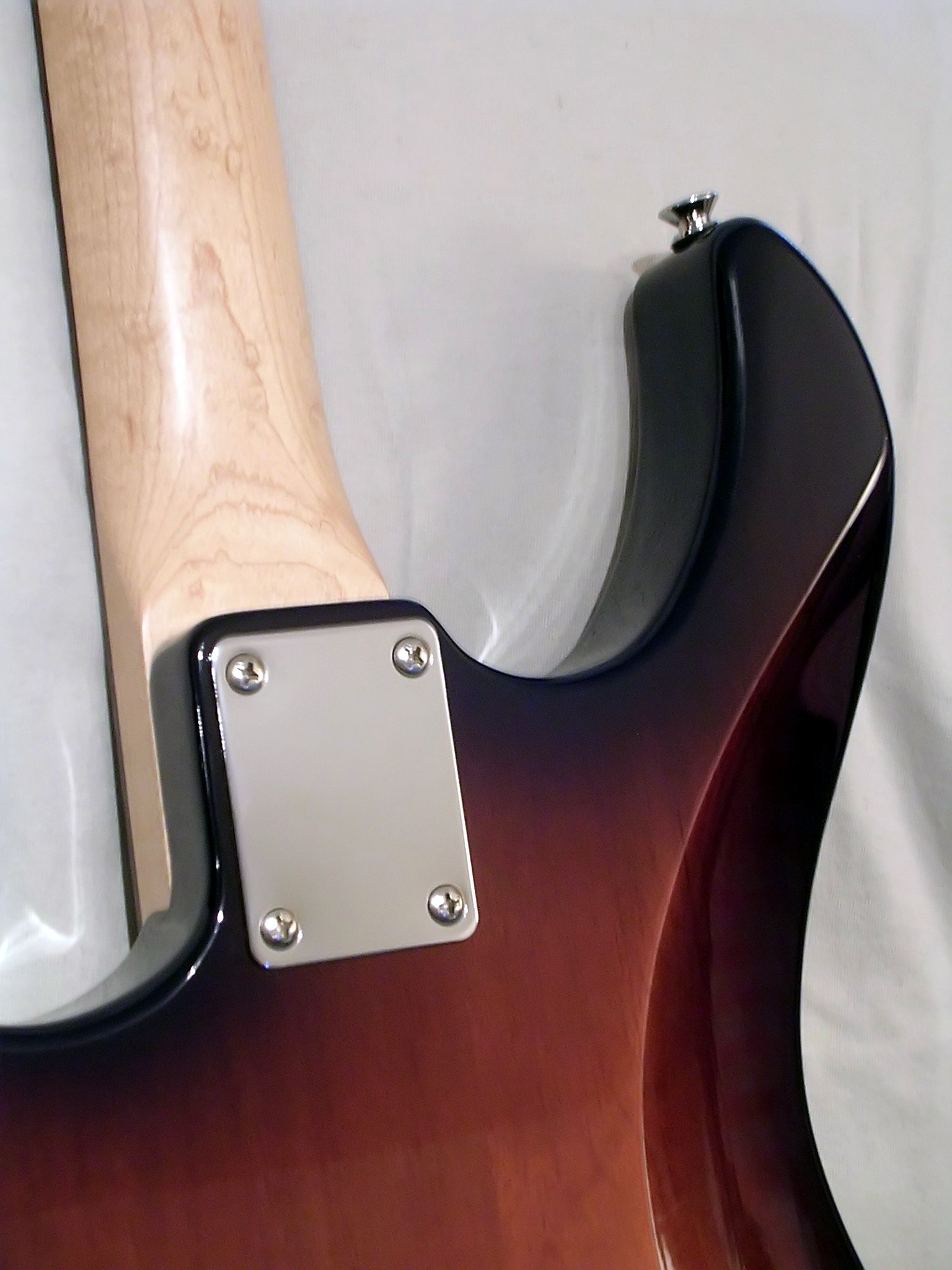|
Megatar
The Megatar is a stringed musical instrument designed to be played using a two-handed tapping technique. It is manufactured by the American company Mobius Megatar. Description The Megatar is a fretted instrument with 12 strings, divided in two sections of six, where one set of strings is for bass and the other for melody. Both sides are normally tuned in fourths intervals. Other tunings and setups are common. The scale length is similar to an electric bass guitar. It uses electronic pickups that should be connected to an amplifier to produce sound. The instruments have two embedded, dual-action truss rods and a stereo 1/4" output. The Megatars are usually made with bolt-on necks. However, from 2007, all new instruments are exclusively " neck-through". All models are either built from light-colored maple and alder or premium dark woods like mahogany, sapele, wenge, and rosewood. A redesigned version was released in 2014. Models There are several models of the Megatar avai ... [...More Info...] [...Related Items...] OR: [Wikipedia] [Google] [Baidu] |
Jorge Pescara
Jorge Pescara (born 14 January 1966) is a Brazilian bassist and Megatar player specializing in jazz fusion, progressive rock, experimental music, and Brazilian jazz. Setup * Basses: D'Alegria Defender Jorge Pescara signature 5str bass; Condor BC8000JP (prototype) fretless 8str; * Touchguitars: Megatar Toneweaver 12str; Megatar Dragon 12str (NST tuning); Paschalis touch 12str (Stick tenor tuning) * Strings: Elixir Nanoweb to Bass (.030, .045, .065, .085, .105, .130); plus super light to Megatar (009, 011, 016, 024, 032, 042) * Amp: StudioR Z900 power amp * Effects: Line6 FM4; BassWorks preamp bass modeler; Zoom G2.1U; Boss RC2; GR33 Roland Midi to synth; JP signature Bass Compressor by Rock It!; Triton Envelope Filter (Ed's Mod Shop); Moby Dick Bass Fuzz (Ed's Mod Shp); Danelectro Fab Echo; Behringer Ultra Octaver; Boss Compressor CS3; Boss Compressor CS2 * Miscellaneous: Hot Hands by Source Audio, Hi EBow; Funk Fingers; Dunlop (plectros & picks); violin bow; Roland EV5 pedal ... [...More Info...] [...Related Items...] OR: [Wikipedia] [Google] [Baidu] |
Duo'Lectar
The DuoLectar is a double-necked stringed instrument which has been designed to use a fretboard-tapping playing style. This type of instrument is meant to be touched or tapped, not strummed. History The DuoLectar was conceived, built, and played by Dave Bunker in 1955. At the suggestion of Irby Mandrell (father of country singer Barbara Mandrell), Bunker changed the tuning configuration of the lower neck to conform to a standard bass. It was introduced to a live, national TV audience on the Ozark Jubilee, hosted by Eddy Arnold and Red Foley, and then in 1960, Bunker demonstrated his double-necked instrument for the Portland Oregonian newspaper. The DuoLectar was later seen in headline shows at the Golden Nugget in Las Vegas from 1964 through 1974. In 1985, Bunker developed a specialized electronic mute for the instrument, later patented, and this new configuration would become known as the Bunker Touch Guitar. Until guitarist Jimmie Webster first popularized his ''I ... [...More Info...] [...Related Items...] OR: [Wikipedia] [Google] [Baidu] |
Touch Guitar
The touch guitar is a stringed instrument of the guitar family which has been designed to use a fretboard-tapping playing style. Touch guitars are meant to be touched or tapped, not strummed. History The touch or tapping technique was formally codified by American guitarist Jimmie Webster in his 1952 method book called the ''Illustrated Touch System''. Webster credited pickup designer Harry DeArmond with first demonstrating the potential for touch-style playing. Webster himself collaborated with Gretsch Guitars on a guitar stereo pickup design for the Touch System (which fed the bass and melody output to two separate amplifiers), but the concept was not commercially successful. Unlike Webster's approach, which was to play on a single-necked instrument, guitarist and luthier Dave Bunker designed, built, and patented (in 1961) the first double-necked, headless, touch-tapping instrument called the DuoLectar. While both guitars employed a two-handed tapping technique, Webster u ... [...More Info...] [...Related Items...] OR: [Wikipedia] [Google] [Baidu] |
Chapman Stick
The Chapman Stick is an electric musical instrument devised by Emmett Chapman in the early 1970s. A member of the guitar family, the Chapman Stick usually has ten or twelve individually tuned strings and is used to play bass lines, melody lines, chords, or textures. Designed as a fully polyphonic chordal instrument, it can also cover several of these musical parts simultaneously.Adelson, Steve"Emmett Chapman and the Stick"– "GuitarPlayer.com". The Stick is available with passive or active pickup modules that are plugged into a separate instrument amplifier. With a special synthesizer pickup, it can be used to trigger synthesizers and send MIDI messages to electronic instruments. Description and playing position A Stick looks like a wide version of the fretboard of an electric guitar, but with 8, 10, or 12 strings. It is, however, considerably longer and wider than a guitar fretboard. Unlike the electric guitar, it is usually played by tapping or fretting the strings, ... [...More Info...] [...Related Items...] OR: [Wikipedia] [Google] [Baidu] |
Chapman Stick
The Chapman Stick is an electric musical instrument devised by Emmett Chapman in the early 1970s. A member of the guitar family, the Chapman Stick usually has ten or twelve individually tuned strings and is used to play bass lines, melody lines, chords, or textures. Designed as a fully polyphonic chordal instrument, it can also cover several of these musical parts simultaneously.Adelson, Steve"Emmett Chapman and the Stick"– "GuitarPlayer.com". The Stick is available with passive or active pickup modules that are plugged into a separate instrument amplifier. With a special synthesizer pickup, it can be used to trigger synthesizers and send MIDI messages to electronic instruments. Description and playing position A Stick looks like a wide version of the fretboard of an electric guitar, but with 8, 10, or 12 strings. It is, however, considerably longer and wider than a guitar fretboard. Unlike the electric guitar, it is usually played by tapping or fretting the strings, ... [...More Info...] [...Related Items...] OR: [Wikipedia] [Google] [Baidu] |
Tapping
Tapping is a playing technique that can be used on any stringed instrument, but which is most commonly used on guitar. The technique involves a string being fretted and set into vibration as part of a single motion. This is in contrast to standard techniques that involve fretting with one hand and picking with the other. Tapping is the primary technique intended for instruments such as the Chapman Stick. Description Tapping is an extended technique, executed by using either hand to 'tap' the strings against the fingerboard, thus producing legato notes. Tapping generally incorporates pull-offs or hammer-ons. For example, a right-handed guitarist might press down abruptly ("hammer") onto fret twelve with the index finger of the right hand and, in the motion of removing that finger, pluck ("pull") the same string already fretted at the eighth fret by the little finger of their left hand. This finger would be removed in the same way, pulling off to the fifth fret. Thus the three ... [...More Info...] [...Related Items...] OR: [Wikipedia] [Google] [Baidu] |
Tapping
Tapping is a playing technique that can be used on any stringed instrument, but which is most commonly used on guitar. The technique involves a string being fretted and set into vibration as part of a single motion. This is in contrast to standard techniques that involve fretting with one hand and picking with the other. Tapping is the primary technique intended for instruments such as the Chapman Stick. Description Tapping is an extended technique, executed by using either hand to 'tap' the strings against the fingerboard, thus producing legato notes. Tapping generally incorporates pull-offs or hammer-ons. For example, a right-handed guitarist might press down abruptly ("hammer") onto fret twelve with the index finger of the right hand and, in the motion of removing that finger, pluck ("pull") the same string already fretted at the eighth fret by the little finger of their left hand. This finger would be removed in the same way, pulling off to the fifth fret. Thus the three ... [...More Info...] [...Related Items...] OR: [Wikipedia] [Google] [Baidu] |
Bolt-on
Bolt-on neck is a method of guitar (or similar stringed instrument) construction that involves joining a guitar neck and body using screws or bolts, as opposed to glue and joinery as with set-in neck joints. Methods The "bolt-on" method is used frequently on solid body electric guitars and on acoustic flattop guitars. In the typical electric guitar neck joint, the body and neck cross in horizontal plane, the neck is inserted in a pre-routed "pocket" in the body, and they are joined using four or sometimes three (rarely, five or more) screws. As the pressure of screw heads damages the wood surfaces, and the undistributed stress could put the instrument body at structural risk, typically a rectangular metal plate (or a pair of smaller plates) is used to secure the joint and re-distribute the screw pressure more evenly. Such a plate is usually criticized for making playing on top frets uncomfortable, so manufacturers sometimes employ some kind of more intricate method to hide a ... [...More Info...] [...Related Items...] OR: [Wikipedia] [Google] [Baidu] |
Piezoelectric Sensor
A piezoelectric sensor is a device that uses the piezoelectric effect to measure changes in pressure, acceleration, temperature, strain, or force by converting them to an electrical charge. The prefix ''piezo-'' is Greek for 'press' or 'squeeze'. Applications Piezoelectric sensors are versatile tools for the measurement of various processes. They are used for quality assurance, process control, and for research and development in many industries. Pierre Curie discovered the piezoelectric effect in 1880, but only in the 1950s did manufacturers begin to use the piezoelectric effect in industrial sensing applications. Since then, this measuring principle has been increasingly used, and has become a mature technology with excellent inherent reliability. They have been successfully used in various applications, such as in medical, aerospace, nuclear instrumentation, and as a tilt sensor in consumer electronics or a pressure sensor in the touch pads of mobile phones. In the aut ... [...More Info...] [...Related Items...] OR: [Wikipedia] [Google] [Baidu] |
Synthesizers
A synthesizer (also spelled synthesiser) is an electronic musical instrument that generates audio signals. Synthesizers typically create sounds by generating waveforms through methods including subtractive synthesis, additive synthesis and frequency modulation synthesis. These sounds may be altered by components such as filters, which cut or boost frequencies; envelopes, which control articulation, or how notes begin and end; and low-frequency oscillators, which modulate parameters such as pitch, volume, or filter characteristics affecting timbre. Synthesizers are typically played with keyboards or controlled by sequencers, software or other instruments, and may be synchronized to other equipment via MIDI. Synthesizer-like instruments emerged in the United States in the mid-20th century with instruments such as the RCA Mark II, which was controlled with punch cards and used hundreds of vacuum tubes. The Moog synthesizer, developed by Robert Moog and first sold ... [...More Info...] [...Related Items...] OR: [Wikipedia] [Google] [Baidu] |
MIDI
MIDI (; Musical Instrument Digital Interface) is a technical standard that describes a communications protocol, digital interface, and electrical connectors that connect a wide variety of electronic musical instruments, computers, and related audio devices for playing, editing, and recording music. The specification originates in the paper ''Universal Synthesizer Interface'' published by Dave Smith and Chet Wood of Sequential Circuits at the 1981 Audio Engineering Society conference in New York City. A single MIDI cable can carry up to sixteen channels of MIDI data, each of which can be routed to a separate device. Each interaction with a key, button, knob or slider is converted into a MIDI event, which specifies musical instructions, such as a note's pitch, timing and loudness. One common MIDI application is to play a MIDI keyboard or other controller and use it to trigger a digital sound module (which contains synthesized musical sounds) to generate sounds, wh ... [...More Info...] [...Related Items...] OR: [Wikipedia] [Google] [Baidu] |
Neck-through
Neck-through-body (commonly neck-thru or neck-through) is a method of electric guitar construction that combines the instrument's neck and core of its body into a single unit. This may be made of a solid piece of wood, or two or more laminated together. The strings, fretboard, pickups and bridge are all mounted on it, with additional body side components (if any) filling out its full shape glued or mechanically attached. The technique is also used on electric bass guitars. Neck-through-body construction is considerably more expensive than the traditional glued set-in neck and least costly bolt-on neck, but less than the rare and difficult "one-piece" fabrication out of a single piece of material. History The first electric bass guitar, the solid-body "Audiovox 736" created by Paul Tutmarc circa 1937, had a neck-through construction. "The Log", a prototype solid-body guitar built by Les Paul in 1941, can be considered as a forerunner of neck-through designed instrument. ... [...More Info...] [...Related Items...] OR: [Wikipedia] [Google] [Baidu] |


.jpg)




